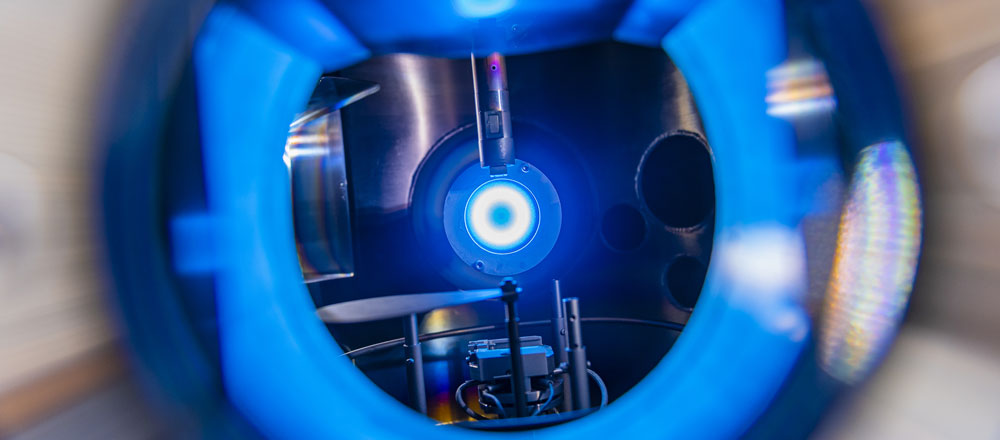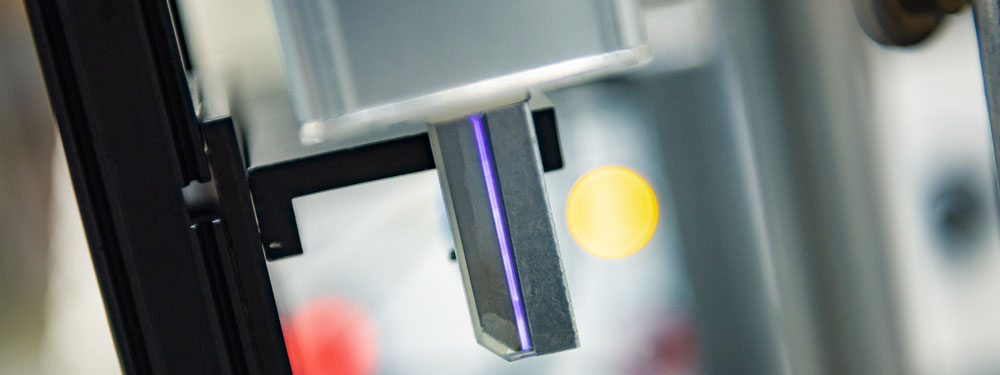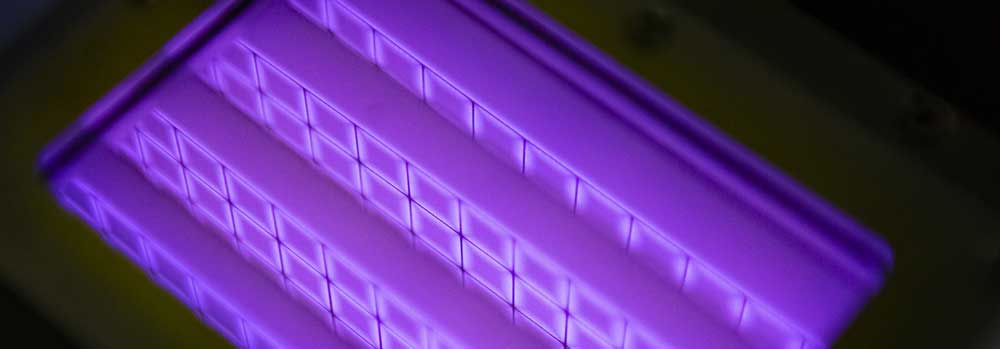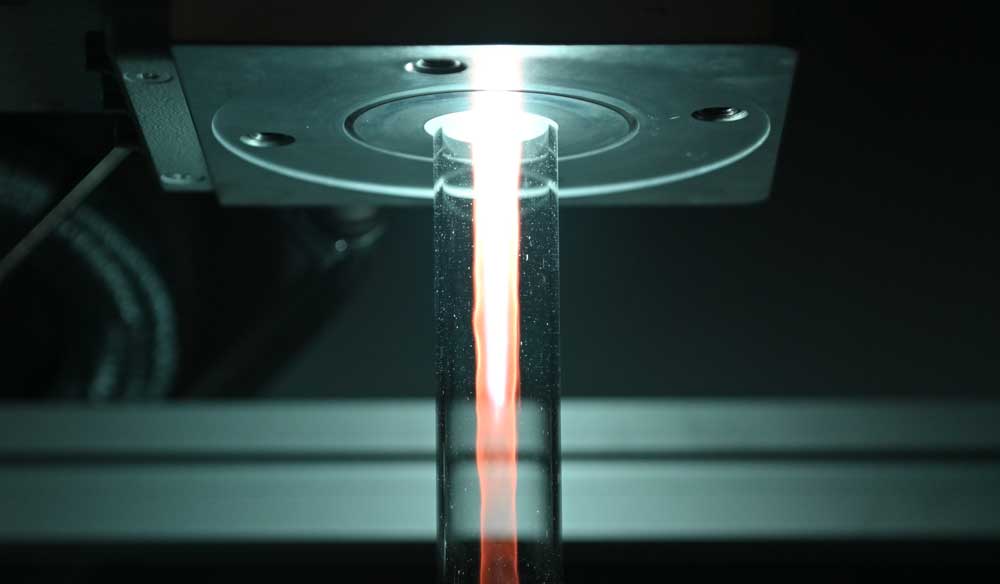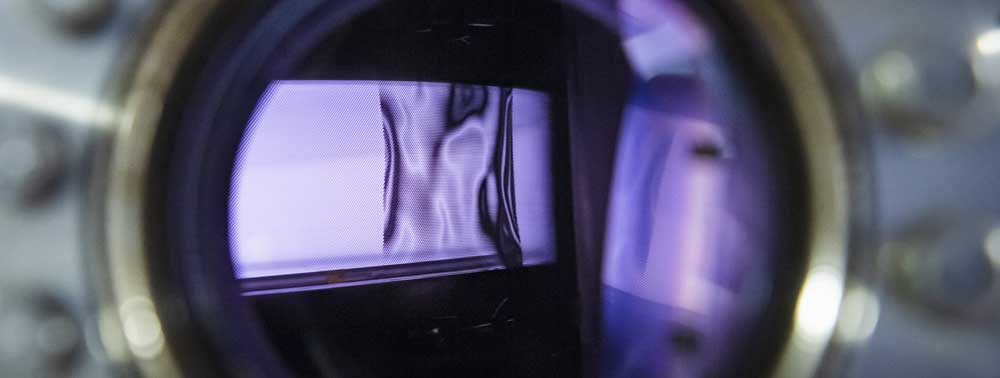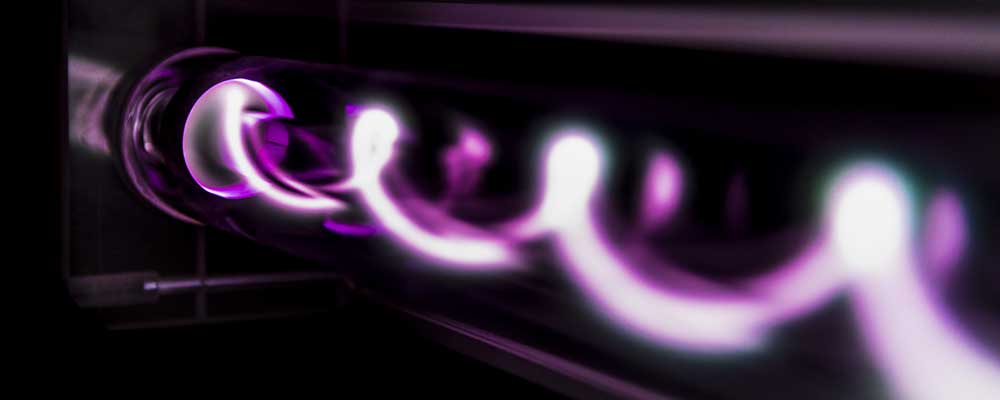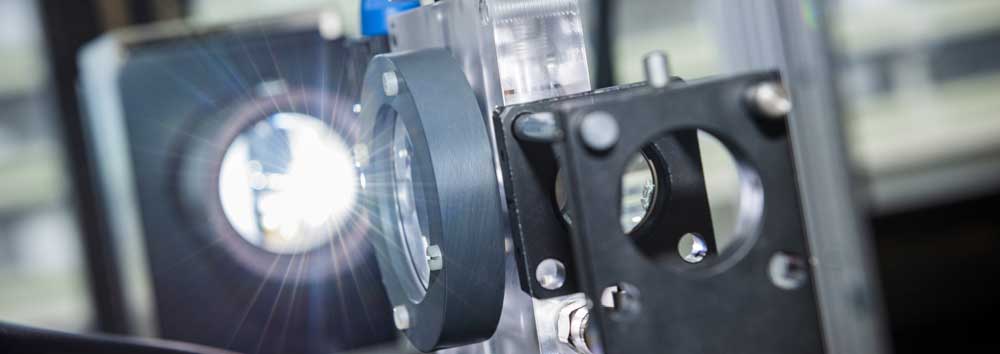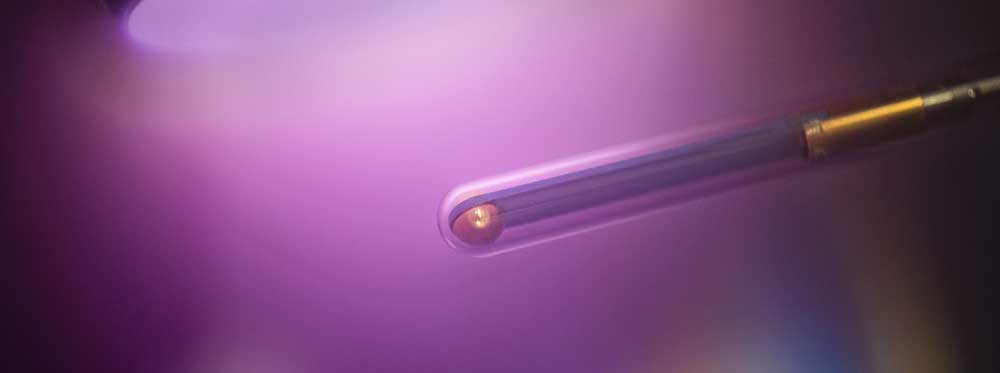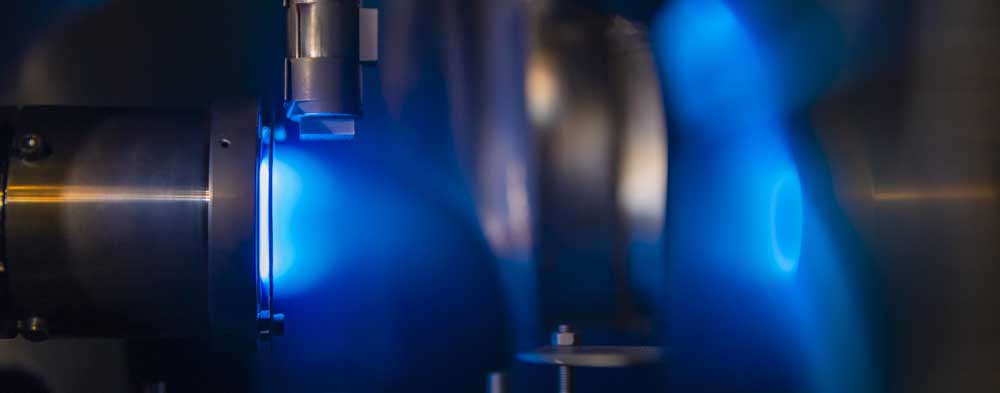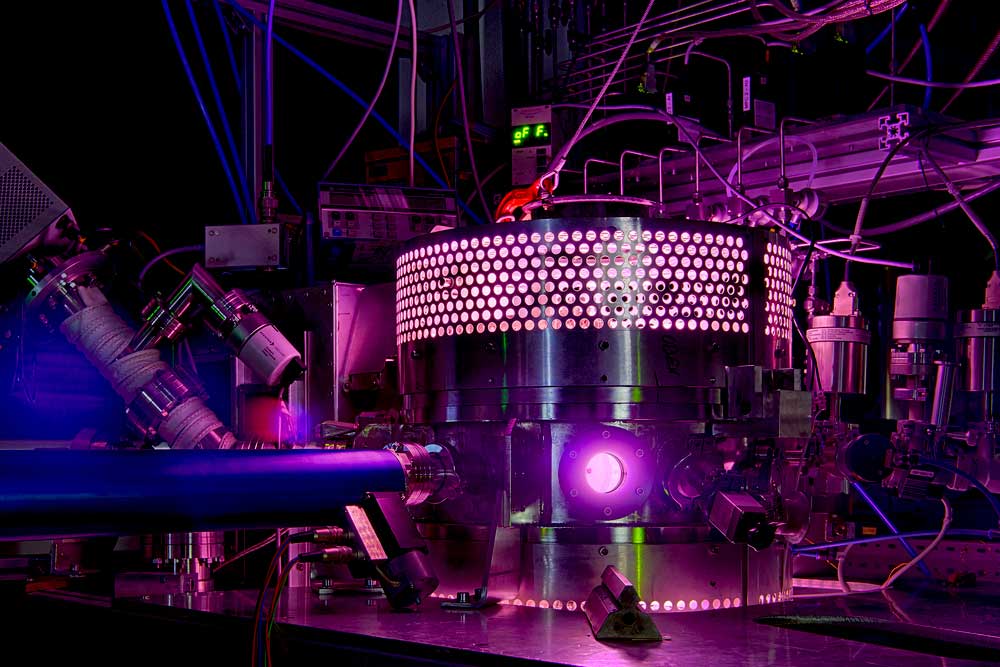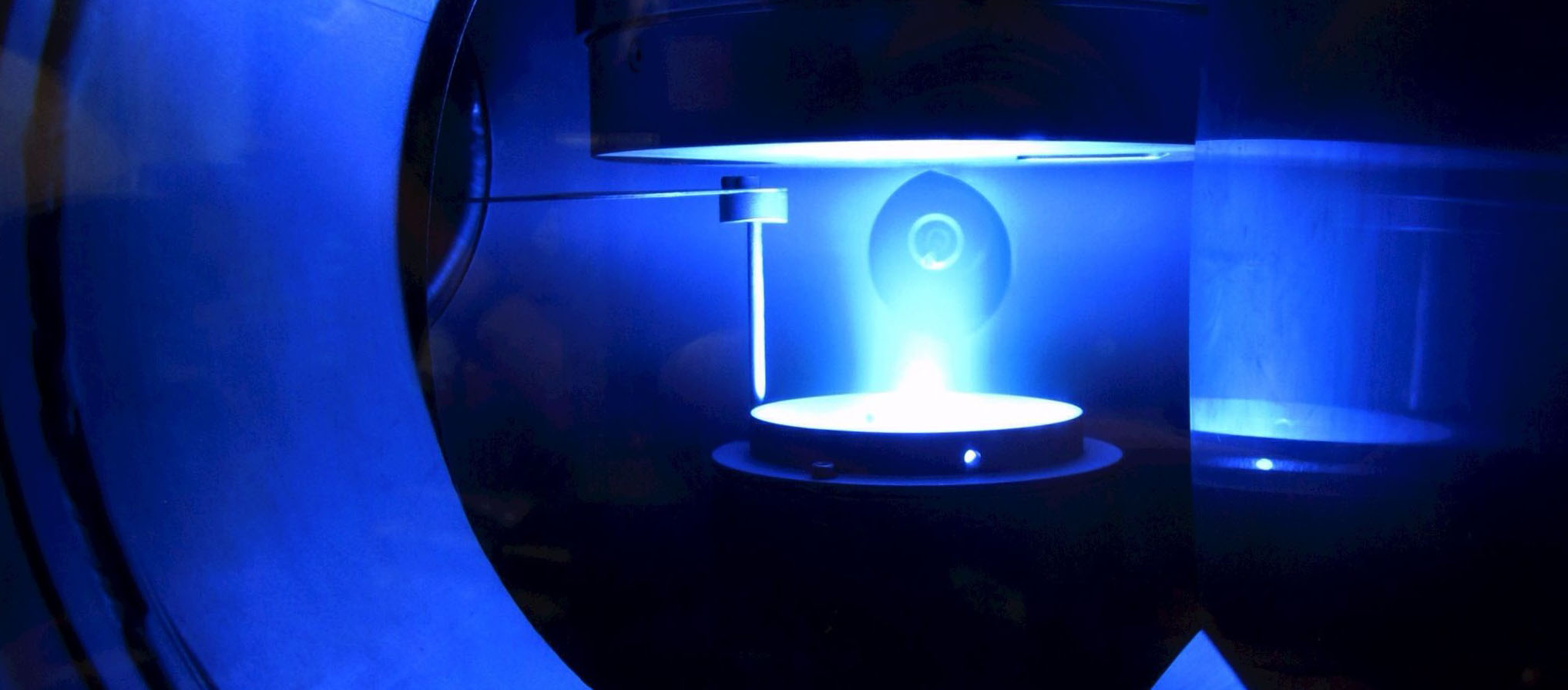PLASNOW (Plasma generated Nitric Oxide in Wound healing)
The DFG granted research project PLASNOW (Plasma generated Nitric Oxide in Wound healing) is an interdisciplinary collaboration within the research field of plasma medicine. Two groups from electrical engineering (AEPT, Prof. Dr. P. Awakowicz) and plasma physics (Plasma Interface Physics, Jun.-Prof. Judith Golda (piplab), former lead by Experimental physics II, Dr. V. Schulz-von der Gathen) are involved. It is a successor and continuation of projects that were beforehand bundled in the cooperation “Plasma2Cell“. In this cooperation, other groups participate e.g. from chemistry, medicine, and biology at the Ruhr-University, the Heinrich-Heine-University in Düsseldorf and the DLR in Cologne.
The research field of plasma medicine made big progress in the last years, not only from the plasma physical aspect but also regarding the understanding of the interactions of physical plasmas with biological samples and tissue. First clinical trials on wound healing were conducted revealing promising results for the application of cold atmospheric pressure plasmas (CAP) in medicine.
Independent of the progress made, the clinical application of plasma is just in the beginning. It is generally accepted that NO represents one of the essential regulative factors in wound healing. Therefore, the analysis of the impact of plasma generated nitrogen-containing species in the gas phase on the generation of species in the liquid phase is of great importance. This analysis is in particular essential regarding biomedical plasma application as these species are in turn responsible for chemical responses or modifications of biomolecules and treated tissues. The goal is a detailed fundamental understanding of operation conditions influence on two distinctly different plasma sources, a direct (Dielectric barrier discharge, DBD) and an indirect one (COST-jet), on the plasma itself and the plasma-liquid interface. In order to compare the gained results to all other plasma sources applied in that field, the whole chain from electrical power input to NO output under the most important conditions will be investigated and quantified. By observing the behavior of distinct biomolecules, process optimization based on scientific understanding will be feasible.
The whole chain from the plasma generation to the impact on liquids, biomolecules, cells, and biological tissues can be completed in close collaboration with the group of Prof. N. Metzler-Nolte (Bioinorganic Chemistry, RUB) and Prof Ch. Suschek (HHU). The respective links are the output of species fluxes from the plasma sources and the influence of plasma generated species in liquid on specific biomolecules.
Due to the complexity of the system of plasma, gas, liquid and biological molecule, it is required to control the ambient conditions as much as possible. So, both groups have access to the plasma chamber in the shared lab set up at Experimental Physics II (EPII) and are provided with samples from the defined plasma sources.
With this rather interdisciplinary approach, the understanding of the interactions of plasma with liquids and models with clinical relevance to the benefit of future patients will be enhanced.
The project was approved in November 2019 for 36 months. It will start with the start it will only start with the start of contract of the PhD student which is still in process at the moment.
